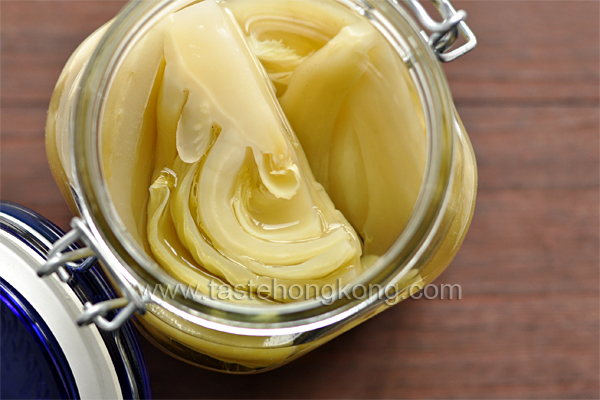
Allow me to give it my praise first. It is pleasantly sweet, sour and crunchy. Like many pickles, it is also appetizing. But among many traditional homemade Chinese pickled vegetables, it might be one of the easiest to make. Yes, it is this Pickled Swatow Mustard Green. In Hong Kong it has a Cantonese name called Ham Suen Choy 咸酸菜, which very much tells that it is both savory and sour.
Eating this could be very addictive once you fall in love with it, be it with stir-fries, with soups or simply for complementing a bowl of noodles or porridge. I am going to share with you here a way to eat it straight out from the jar.
Swatow mustard green is a member of the cabbage family. I won’t find it odd if you don’t see their relation by just looking at the photo below because its larger leaves are already removed (as it is being sold in the fresh food market). However when it is cut apart, you shall see how its inner stems and leaves are wrapped together like a cabbage. That is why it is also called Heart Mustard Cabbage 包心芥菜 (Cook’s Guide To Asian Vegetables).
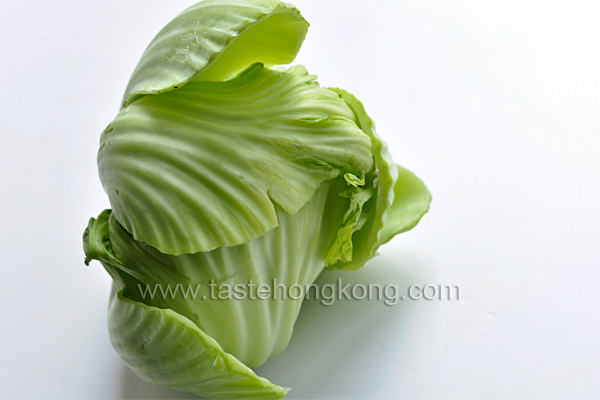
- Ingredients
- 1 swatow mustard green, ~500g
- 1 tsp sea salt
- Solution for pickling
- 100g rock sugar
- 1/4 cup rice vinegar
- 2 tsp sea salt
- 2 cups water
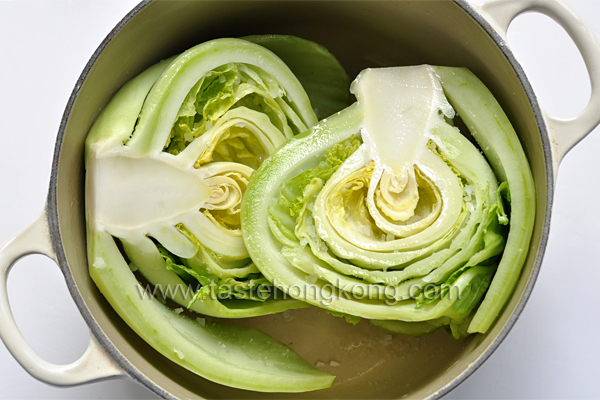
Method
Soak the vegetable in a basin of water for about half an hour. Cut the vegetable vertically into two equal portions (trim away any brown spots) and wash it under running water until clean. Make sure the areas in-between stems are also washed.
Massage the mustard green (especially on its cut surfaces) with 1/2 tea spoon of salt and let it stand for about an hour. This helps draw out bitterness from the veggie.
Mix salt, sugar and water for pickling in a pot, swirl over heat to melt them down completely. Remove from heat, let cool and mix in vinegar.
Bring about 3 to 4 cups of water in a pot to the boil; put the salted mustard green (but discard any juice) in the pot to blanch. The water shall stop bubbling as soon as it is loaded with the vegetable. Wait till the water boils up again, about 1 to 2 minutes, then dish up the mustard green. Drain excess water, let cool and cut each half vertically into two equal portions.
Get a sterilized bottle or jar (with cover) which is large enough to contain both the solution and vegetable (mine is about 1 liter in volume). Plunge in the cooled mustard green into the bottle, and pour in the solution. Make sure the vegetable is fully submerged in liquid. Cover.
The mustard green shall turn yellowish the next day. Wait another 2 to 3 days at room temperature for the flavors to develop further before serving (see below). For storage, transfer to fridge.
Tip
Make sure every thing used to handle the boiled vegetable is cleaned, or you may found molds growing with the pickle.
You may check the taste of the pickling solution before filling it into the bottle to see if it suits your taste.
To serve as an appetizer or side dish
Get a portion of the mustard green out from the bottle. Clean your hands and knife for cutting. Slice the leaves/stems off from the core stem, shred or dice as you wish (discard the core stem if you find it too hard). Season with chili pepper and roasted sesame seeds. Serve cold.
You may also opt to season the pickle further with some more vinegar, sugar or salt to go with your main dishes or to suit your guests’ taste.
Enjoy!
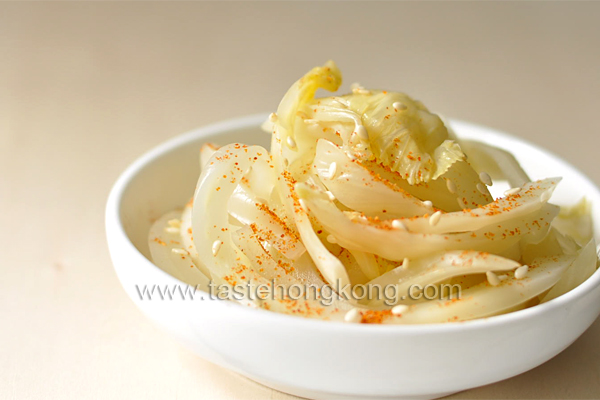
- Category: Vegetable .
- 20 comments
To get immediate updates and new recipes from my blog, you may also SUBSCRIBE them via RSS feeds. See you there.
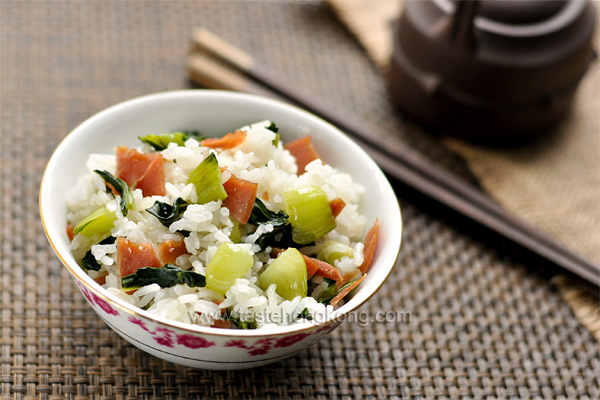
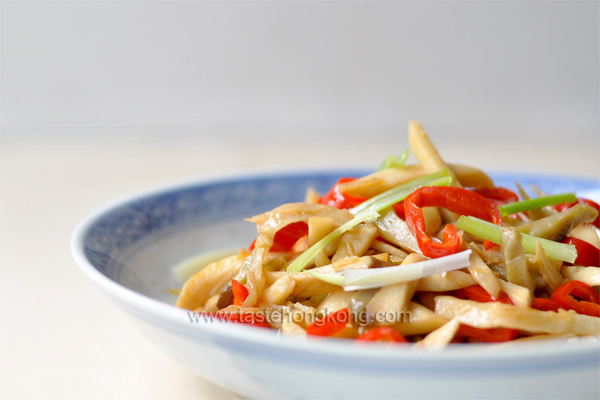
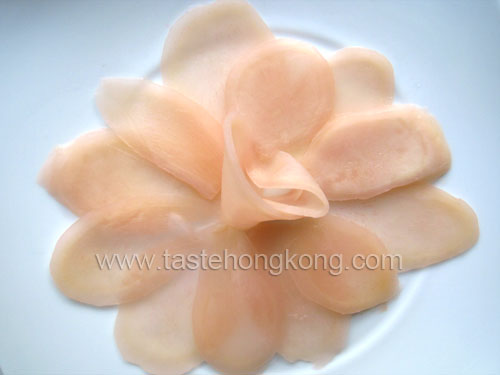
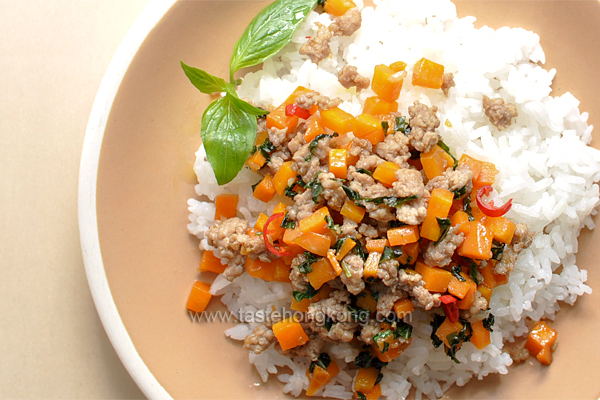
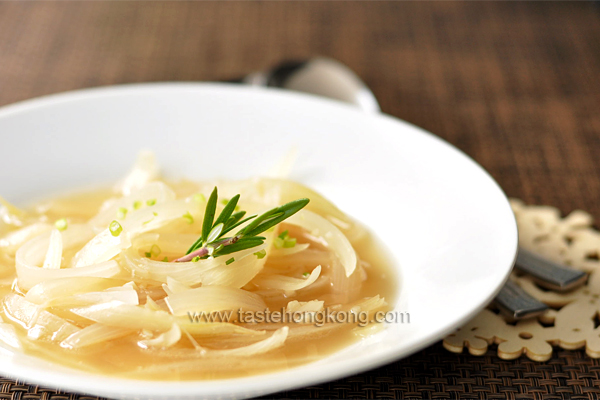
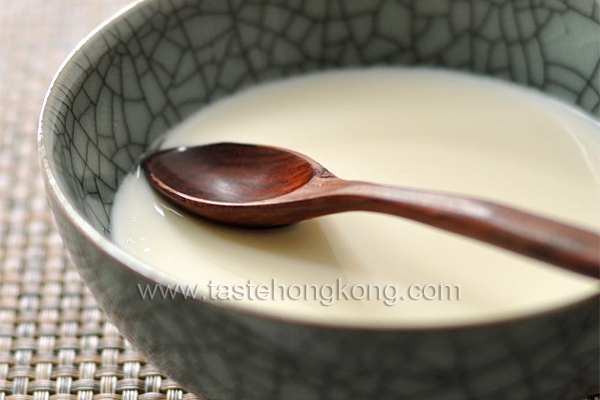
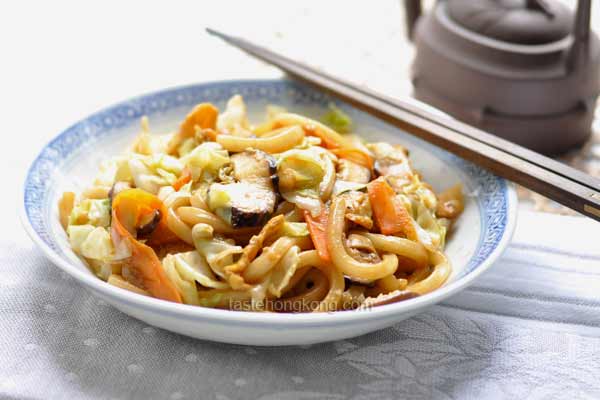
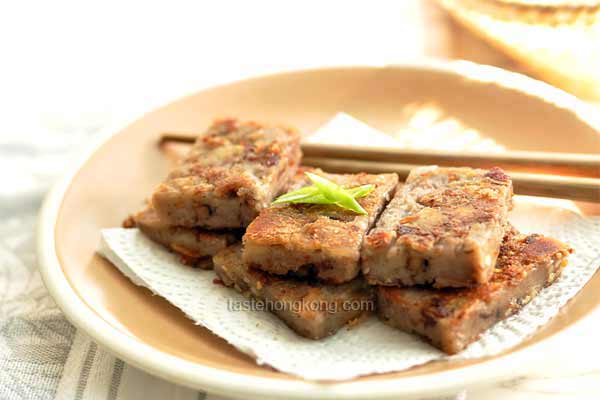
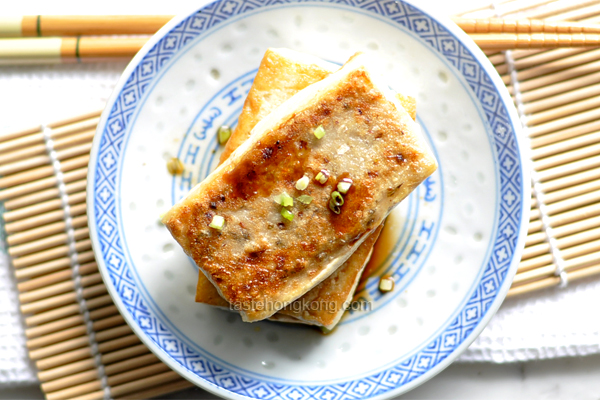
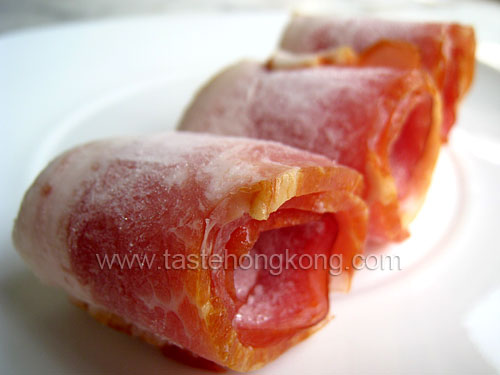
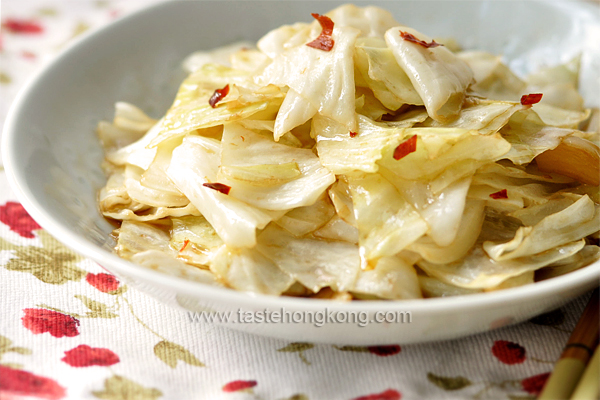



WOW. Beautifully done!!
Wow, I’ve never tried making Chinese pickled vegetables, you make it sound so easy and love the look and sound of your version 🙂
this is one of my favourite pickle!!
I love in soups, with porridge…YUM!
Looks really nice! I love this as stir-fry, soup and porridge too!
I have been eating lots of 芥菜 recently! But never thought how easy it is to pickle it.
I love a dish my family serves….where fermented veggies are cooked with tofu, dried chillies and duck meat. Delicious.
You even made pickled mustard green! wow …I am totally impressed!
Wow, I’ve never tried this, but I’m so intrigued!
This sounds great, I will give this a try soon. Thank you for sharing and have a nice weekend :).
What a beautiful vegetable, both fresh and pickled! I’ve not had this variety of cabbage before, but have not doubt I’d love both versions.
Hi! I’ve just discovered your blog and am loving it…this pickle vegeable is my must have dish when I cook porridge! yummy!
looks amazing… I never know how to home make this as I always buy bottled ones from the supermarket. Your home-made one looks better of course =)
Can I use any pointed cabbage for this? Since they don’t sell this in UK anywhere!
@sisi,
Well, the opposite is true in my place, I don’t see pointed cabbage here. Excuse me for not being able to give you a good answer.
Thanks for sharing.
This is the most easy to understand method that I have found so far.
Will give it a try.
@Allen,
Thanks! When you try it, I hope you also find it easy to make.
[…] vegetable. Less confusion exists in Cantonese terminology as the lacto-fermented variety is called ham suen choy and the salt-cured veg is called hum choy (although this recipe looks more like ham […]
back to memory lane ~ father was of agricultural roots and grew his own Gaai Lan,one of his emloyees made both Suen choi and muhy choi and Rep. Sources has technically explained the diffference, he even made Laaht choi with ut’s pungent bite as if wasabi had been addes, can you explain the difference ?
@siew saik loh,
The mui choy I know is usually sun-dried and then pickled with salt and sugar, no water or vinegar is added.